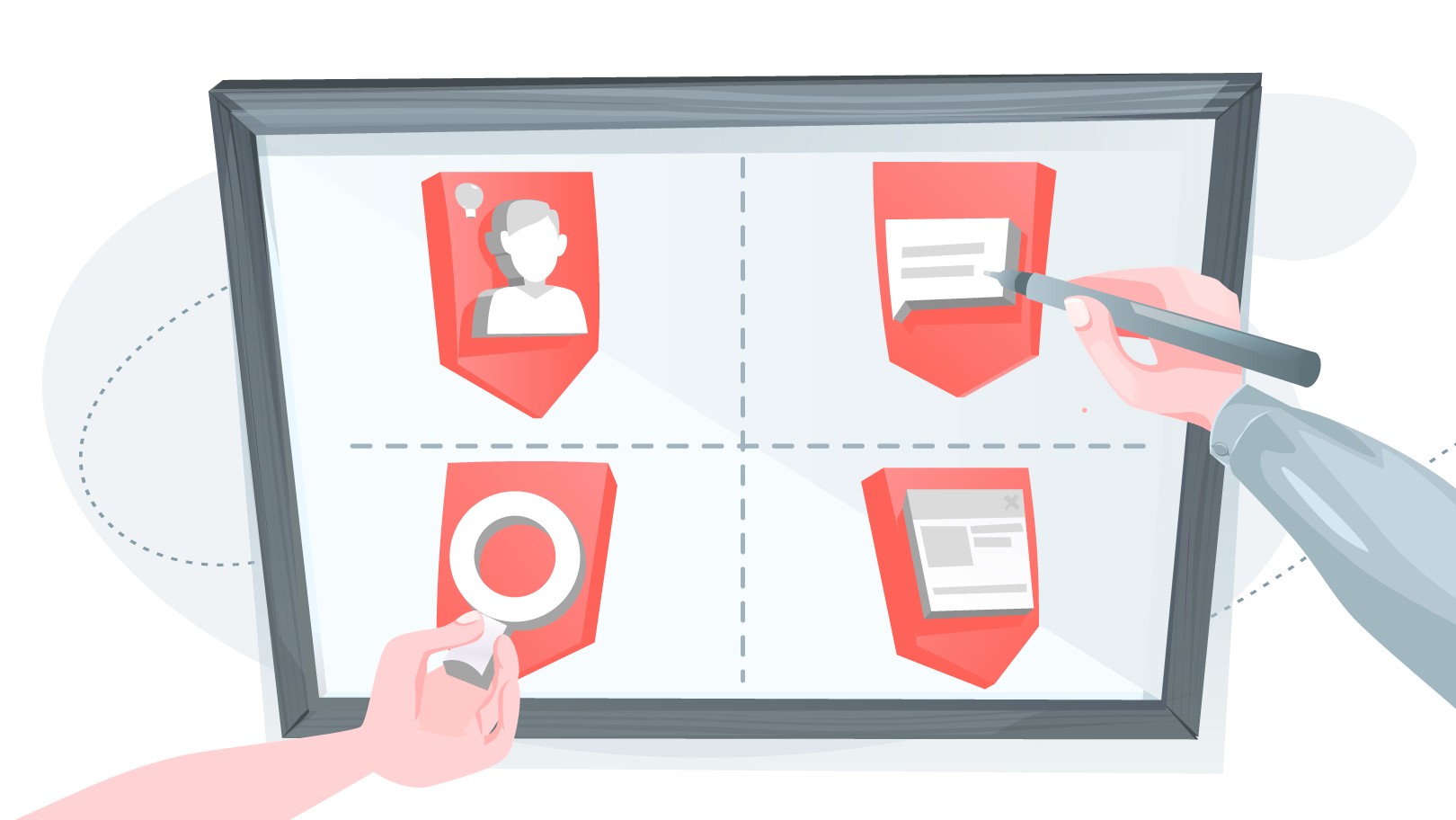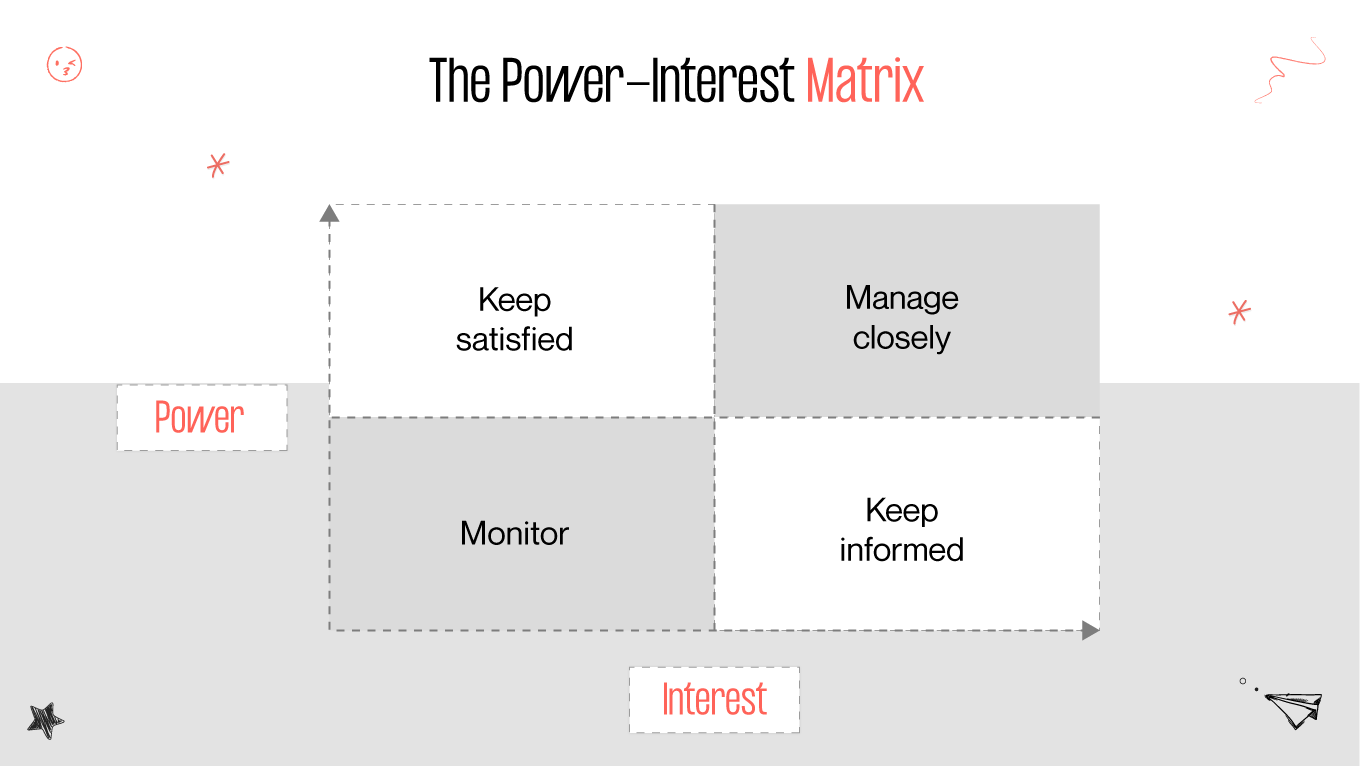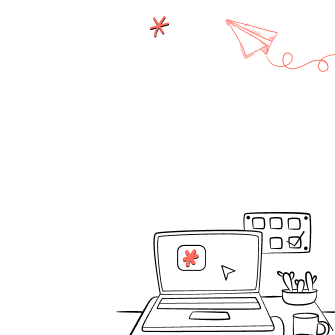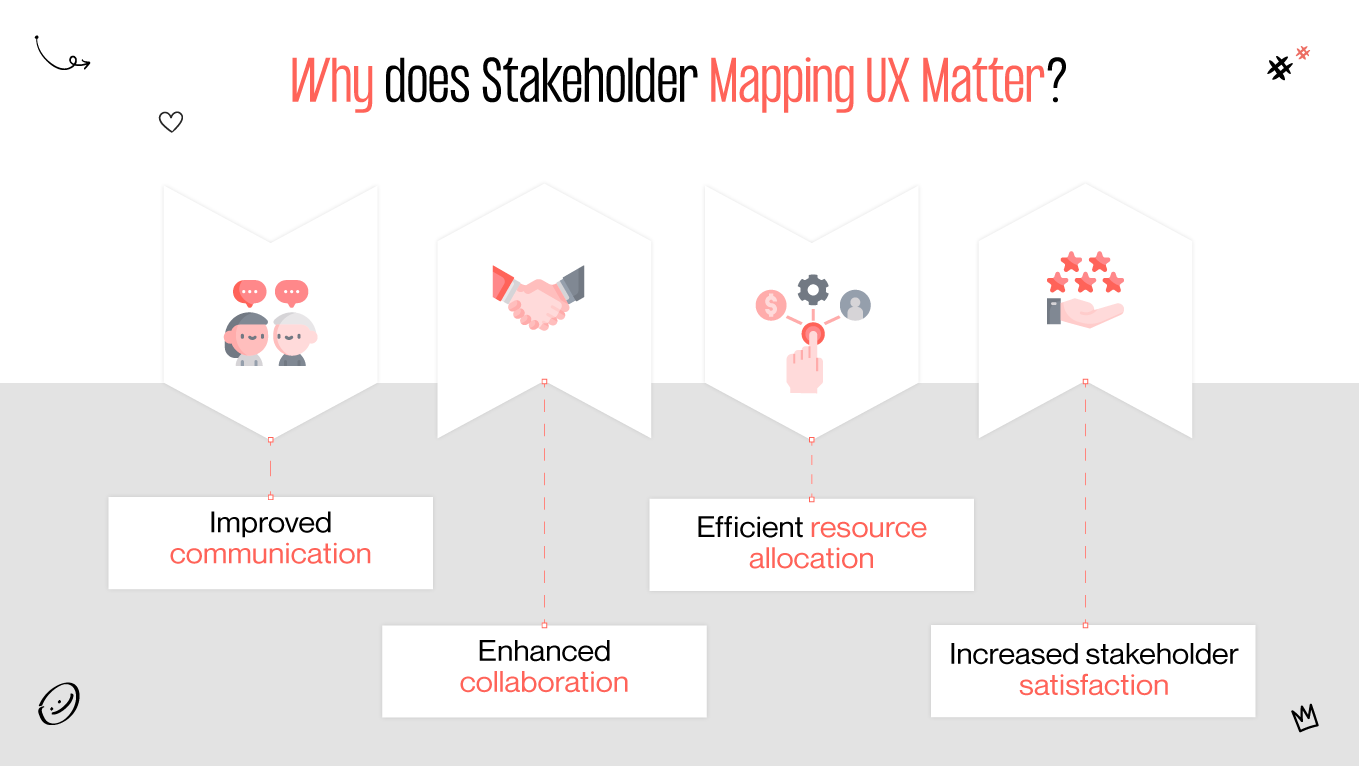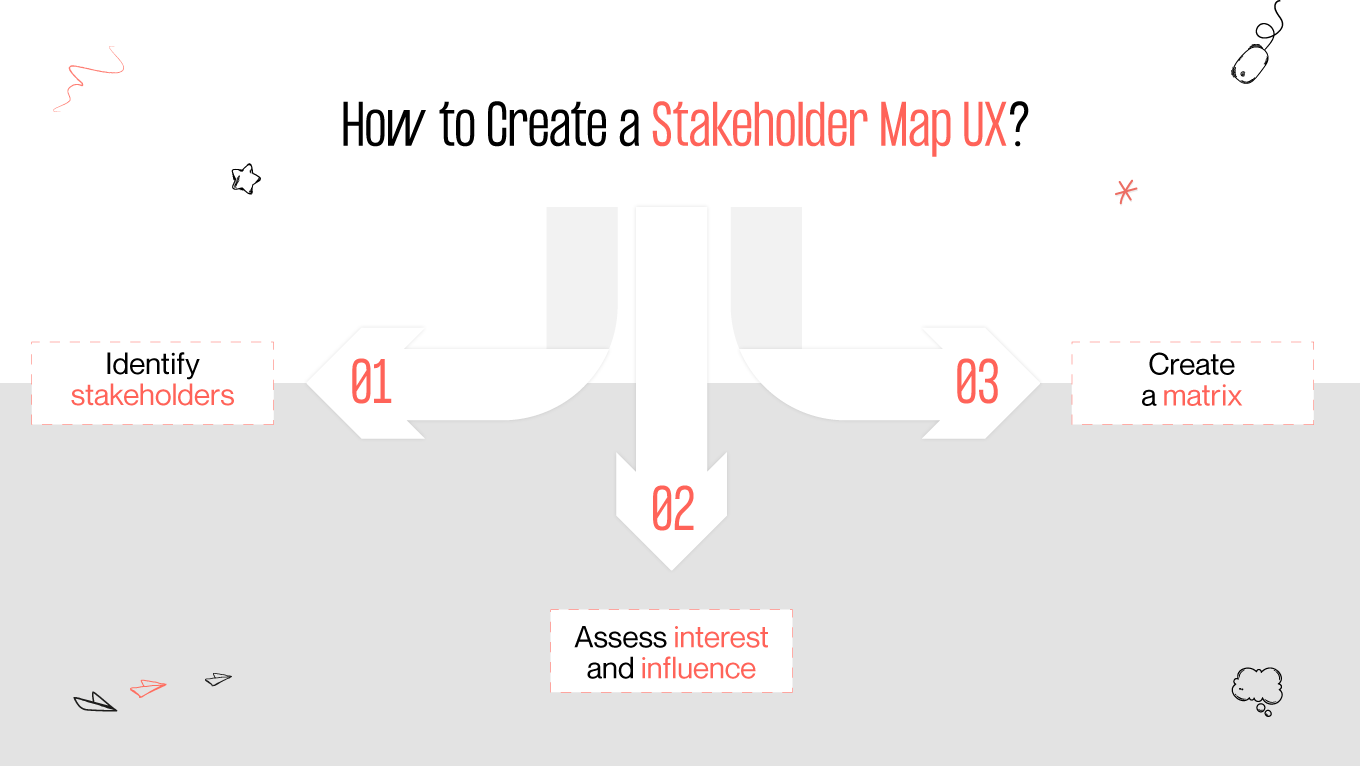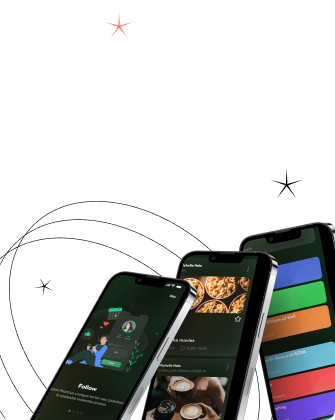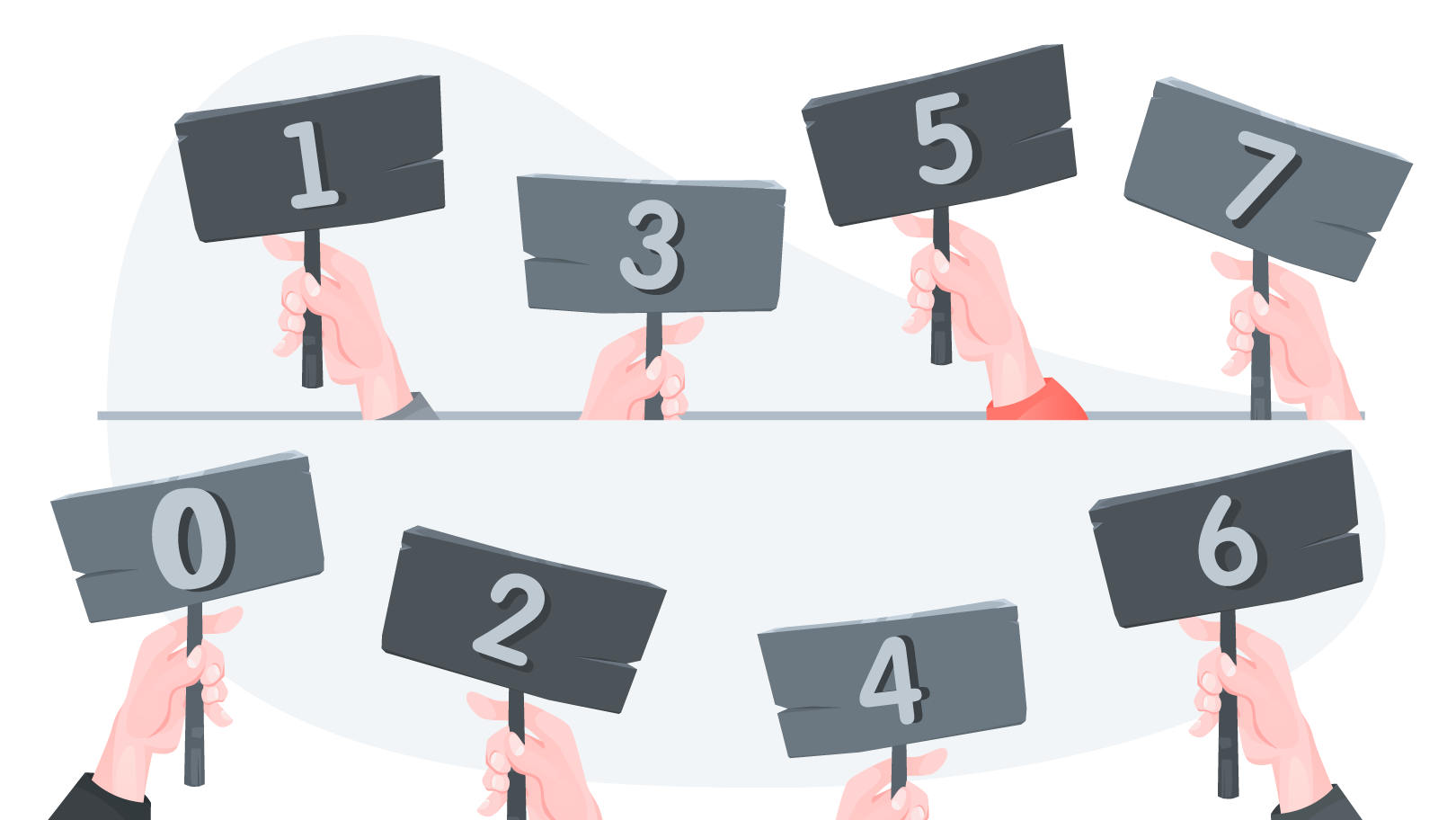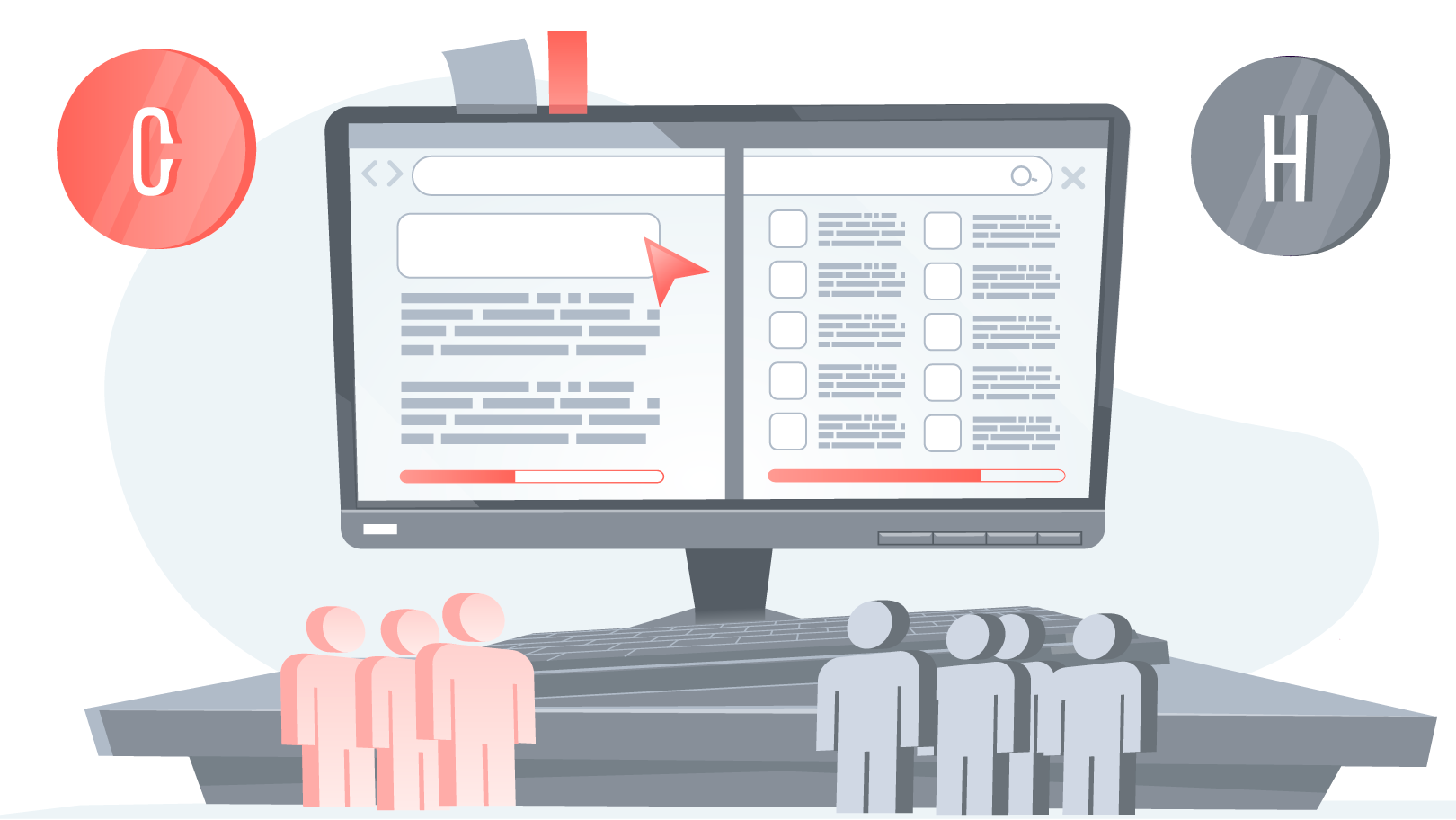User expectations and technological advancements shape the trajectory of products and services. Stakeholder mapping UX emerges as an essential practice in this flow. It is a strategic investment that pays benefits by fostering a collaborative ecosystem where every stakeholder's voice is heard, valued, and integrated into the design process.
Join us in recognizing stakeholder mapping as a strategic imperative and a compass guiding UX designers toward holistic solutions that resonate with both user needs and organizational goals. Let’s embrace the diversity of perspectives together.

